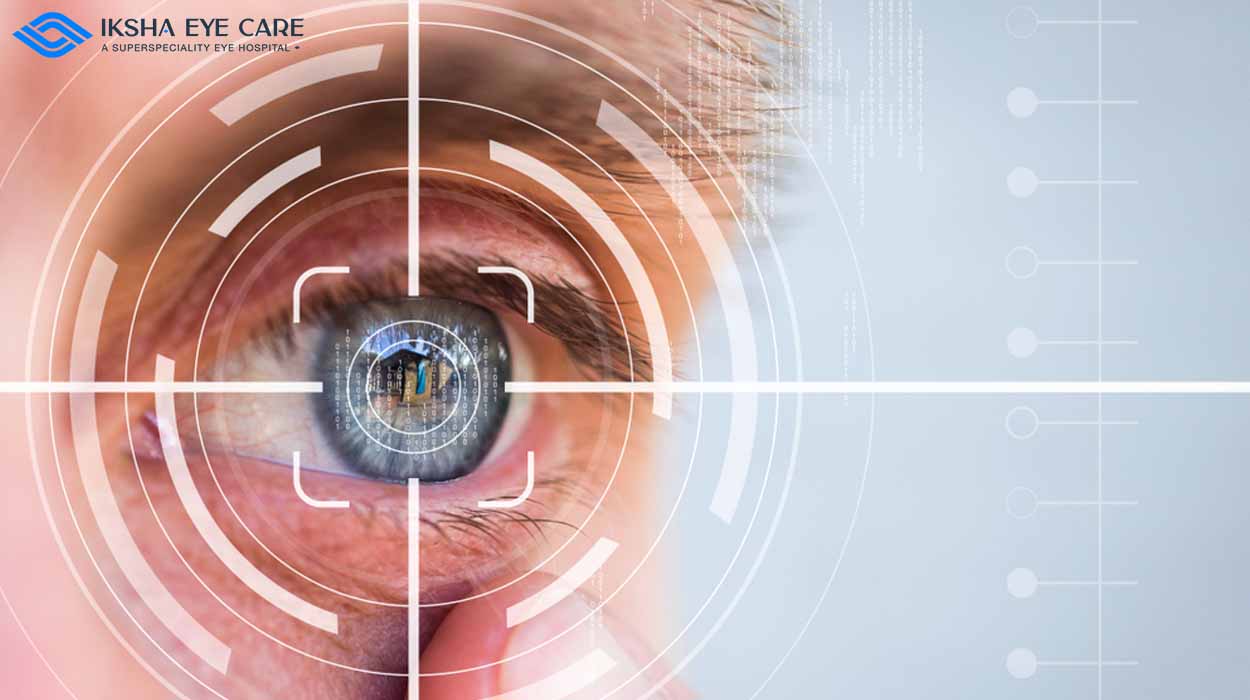The Function of Advanced Diagnostic Equipment in Identifying Eye Disorders
In the realm of ophthalmology, the utilization of advanced diagnostic tools has changed the very early identification and management of different eye problems. From discovering refined changes in the optic nerve to monitoring the progression of retinal conditions, these modern technologies play a crucial duty in boosting the precision and performance of identifying ocular problems. As the demand for specific and prompt diagnoses remains to grow, the combination of advanced devices like optical comprehensibility tomography and aesthetic area screening has become important in the realm of eye care. The detailed interaction between technology and ocular practices not just loses light on complex pathologies yet additionally opens up doors to customized therapy approaches.
Significance of Very Early Medical Diagnosis
Early diagnosis plays a crucial function in the efficient management and treatment of eye conditions. By spotting eye conditions at an early stage, health care service providers can provide suitable therapy plans customized to the certain condition, ultimately leading to better outcomes for people.

Innovation for Detecting Glaucoma
Innovative analysis innovations play an important role in the very early detection and tracking of glaucoma, a leading root cause of permanent loss of sight worldwide. One such modern technology is optical coherence tomography (OCT), which provides in-depth cross-sectional pictures of the retina, enabling the measurement of retinal nerve fiber layer density. This measurement is necessary in evaluating damages brought on by glaucoma. Another innovative tool is aesthetic field screening, which maps the level of sensitivity of a client's aesthetic field, aiding to spot any areas of vision loss feature of glaucoma. Furthermore, tonometry is utilized to measure intraocular stress, a major danger factor for glaucoma. This test is vital as elevated intraocular stress can bring about optic nerve damages. More recent modern technologies like the usage of fabricated knowledge formulas in analyzing imaging data are revealing promising outcomes in the early detection of glaucoma. These innovative diagnostic devices allow eye doctors to detect glaucoma in its onset, permitting prompt intervention and better management of the illness to avoid vision loss.
Duty of Optical Coherence Tomography

OCT's capacity to evaluate retinal nerve fiber layer density permits exact and unbiased measurements, assisting look at this site in the early discovery of glaucoma also before aesthetic area issues emerge. OCT modern technology allows longitudinal surveillance of architectural modifications over time, promoting personalized treatment strategies and prompt treatments to help preserve people' vision. The non-invasive nature of OCT imaging additionally makes it a favored choice for keeping track of glaucoma progression, as it can be repeated routinely without causing discomfort to the client. In general, OCT plays an essential duty in boosting the diagnostic accuracy and management of glaucoma, ultimately adding to much better results for people in jeopardy of vision loss.
Enhancing Medical Diagnosis With Visual Field Screening
A crucial component in thorough sensory assessments, visual area testing plays a critical role in improving the analysis procedure for various eye problems. By examining the full extent of a useful link person's visual field, this examination provides crucial info regarding the functional stability of the entire aesthetic path, from the retina to the aesthetic cortex.
Aesthetic field testing is especially useful in the medical diagnosis and administration of problems such as glaucoma, optic nerve problems, and numerous neurological conditions that can impact vision. Through measurable measurements of peripheral and central vision, medical professionals can find refined adjustments that might suggest the existence or development of these disorders, also before noticeable symptoms occur.
Moreover, aesthetic area testing permits the monitoring of therapy efficacy, assisting eye doctors tailor healing interventions to specific patients. eyecare near me. By tracking modifications in visual field efficiency in time, doctor can make enlightened decisions concerning adjusting medications, suggesting medical interventions, or applying other proper measures to protect or boost a patient's aesthetic feature
Taking Care Of Macular Degeneration
Final Thought
In verdict, progressed diagnostic tools play an important duty in determining eye conditions early on. Technologies such as Optical Coherence Tomography and aesthetic area testing have substantially enhanced the accuracy and look at this website efficiency of detecting problems like glaucoma and macular deterioration.